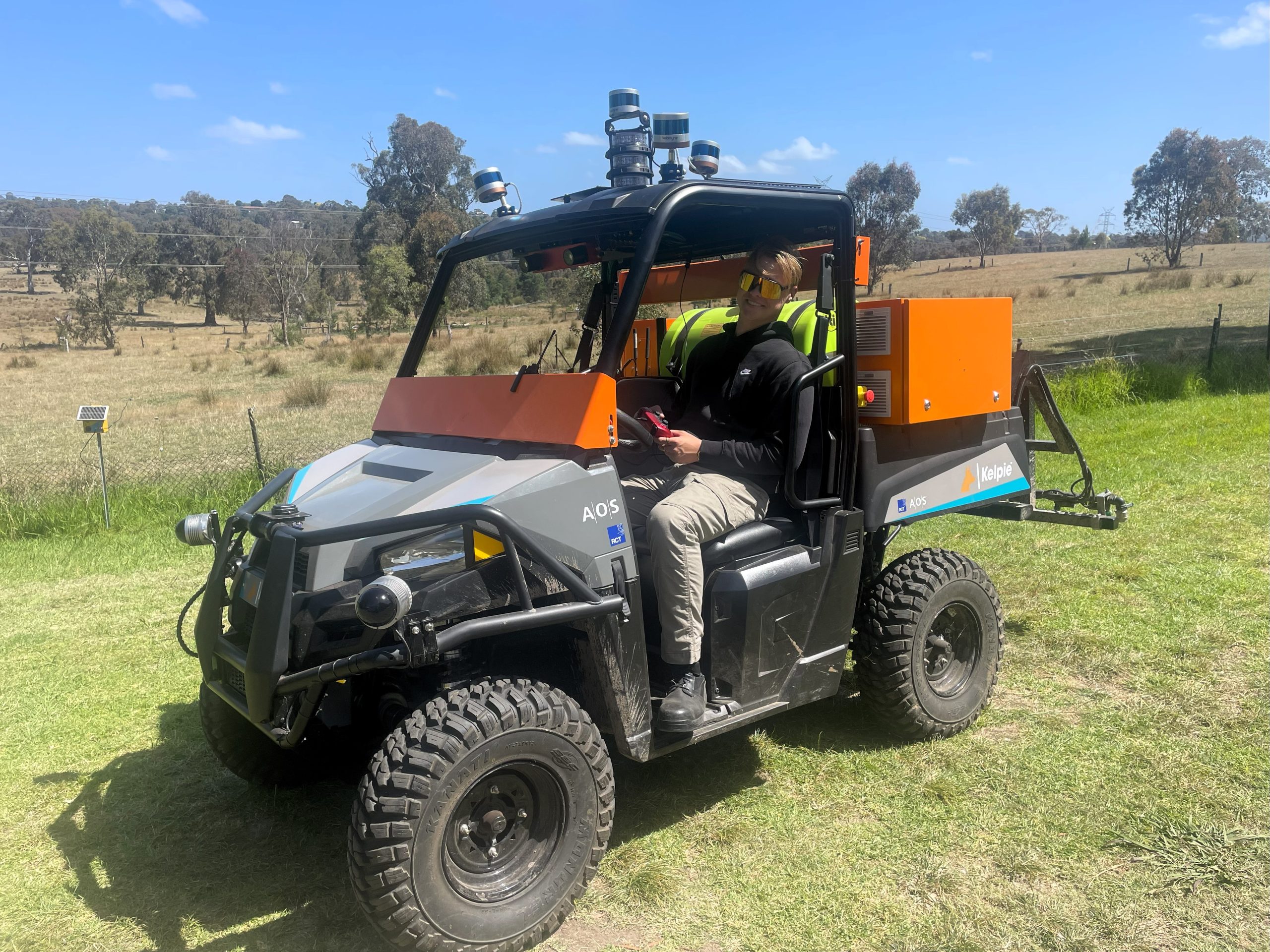Needless to say, building any autonomous vehicle is challenging. However, off-road autonomy is especially tough to attain properly. The main reason for this lies in the name, “off-road”. Currently there are two main applications for autonomous vehicles:
The large, Autonomous Haul Trucks utilised by the mining industry for moving iron ore around Australia’s mines. These are indeed capable of off-road autonomy; however, they operate in areas with highly controlled access and no pedestrian traffic. These vehicles do not have a large array of sensors and are not built to work around people.
The other is autonomous or self-drive passenger vehicles, for operation on public roads. Still under development and trial, they are being developed by start-ups like Tesla and Waymo and the major automobile manufacturers, such as Ford and General Motors. They are designed to operate in urban settings, and they currently operate at Level 4 on trial, but with a safety observer on board and able to take over at any time. The vehicles are made to react to a wide range of variables with a strong emphasis on pedestrian safety. While on-road autonomy is very challenging, road constants such as street lights, signs and road markings provide substantial guidance for the vehicle’s autonomous algorithms.
Unfortunately, nature does not provide us with similar opportunities. Unlike modern, man-made roads which are designed to be easily readable and recognisable, natural paths can be much more unpredictable. When deployed, an autonomous vehicle would encounter rocks, plants, animals, fences, hills, pits, cliffs and bodies of water. Some could be easily driven through while others, not so much.

A field in the Monaro High Plains, NSW. On the left, the Green rectangles highlight dense vegetation that can be safely driven through. The Red rectangles highlight rocks which are similar in shape and size to the weeds but cannot be driven over without damaging the vehicle. On the right we demonstrate how difficult wire strand fences can be to detect, even zoomed in and on contrasting background, only one or two of the five strands are visible in the image.
Envision a vehicle driving through a field of long grass, including weeds and tree stumps. The vehicle is able to safely drive through the long grass, even if dense, but won’t be able to do the same when encountering a tree stump. Similarly, a large rock could damage the vehicle, while a weed of the same size or larger could be safe to drive through. Distinguishing between the two is a great challenge for most sensors as determining density from a distance is not an easy feat.
Another obstacle that provides a major challenge is a wire fence, typically found on farms. Attempting to drive through one can result in damage to both the vehicle and the fence. Due to the fence being made of thin steel wire, common autonomous vehicle sensors might not detect it consistently. This illustrates just some of the difficulties that engineers deal with when taking vehicles off road.
AOS has been focusing on off-road autonomy for more than three years. We are developing a completely off-road autonomous vehicle, which is able to traverse and adjust to multiple surfaces and environments. Our engineers are working with the latest hardware and software technology to overcome the current barriers to navigating safely through long grass, with no roads and accompanying markings or lighting.
AOS is launching its off-road capabilities with the 3rd generation Kelpie® Autonomous Vehicle as a flagship product to highlight the progress in this space. Unlike the mining vehicles, the Kelpie® will achieve level 4 autonomy without an on-board observer while driving in environments with people and animals. AOS is also working on constructing a novel off-road autonomous capability test facility where the Kelpie® could be tuned and further improved.


